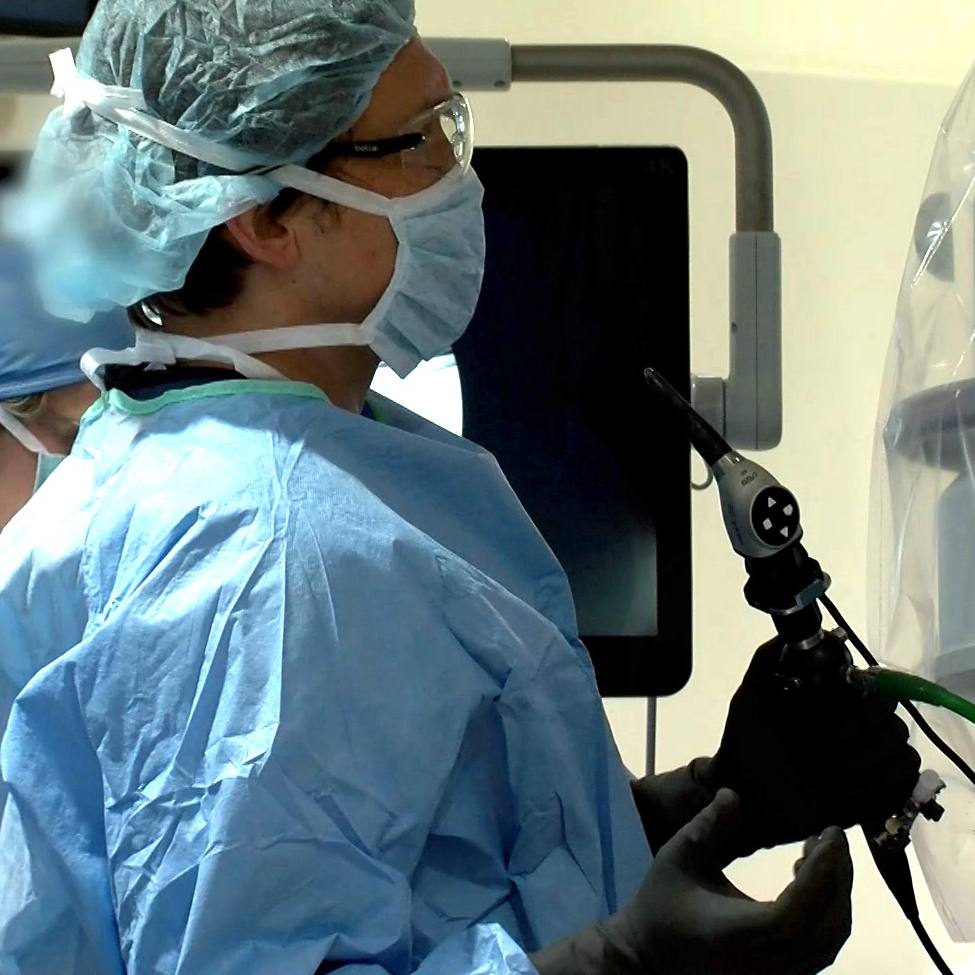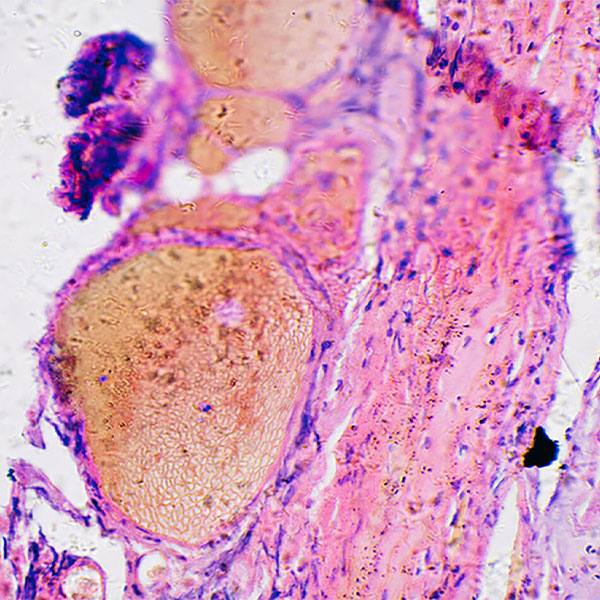-
Featured News
Mayo Clinic Minute: Success in reducing heart disease deaths, except for young women
Cardiovascular disease is still the No. 1 killer in the world. The good news is that, generally, the numbers are getting better, with one surprising exception. In this Mayo Clinic Minute, Dr. Sharonne N. Hayes, a Mayo Clinic cardiologist, discusses how treatment bias for younger women may be a contributing factor.
Journalists: Broadcast-quality video (1:02) is in the downloads at the end of this post. Please "Courtesy: Mayo Clinic News Network." Read the script.
In the past five decades, better treatment and less smoking have resulted in a dramatic decrease in deaths from cardiovascular disease, except for one segment of the population.
"The group that has stubbornly not seen some of these benefits is women under the age of 60 or 50," says Dr. Hayes.
While death rates in this group are low, they're not going down. One explanation may be treatment bias.
"There is a pretty strong burden of risk factors in those individuals. And often, if we're talking about treatment bias, risk factors that aren't appreciated by either the patient and not treated by the doctor, not screened for," says Dr. Hayes.
Dr. Hayes says health care professionals and patients need to be more assertive about addressing known risk factors for heart disease, such as high blood pressure, in premenopausal women.
"Recognize that these women are at risk and have different risk factors than men the same age and that they can get heart disease."
Which is why emphasizing the importance of cardiovascular health and heart disease prevention is so important.
For the safety of its patients, staff and visitors, Mayo Clinic has strict masking policies in place. Anyone shown without a mask was recorded prior to COVID-19 or recorded in an area not designated for patient care, where safety protocols were followed.







